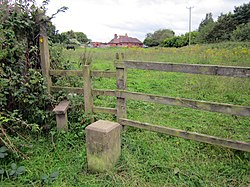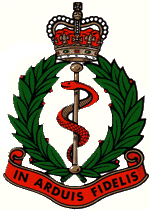
The Highlanders, 4th Battalion, Royal Regiment of Scotland is an infantry battalion of the Royal Regiment of Scotland.
The 3rd East Anglian Regiment was an infantry regiment of the British Army.

The Queen's Westminsters were an infantry regiment of the Territorial Army, part of the British Army. Originally formed from Rifle Volunteer Corps, which were established after a French invasion scare of 1859. The unit became part of the newly established London Regiment on the formation of the Territorial Force in 1908. It was subsequently amalgamated in 1921 with the Civil Service Rifles, and became a territorial Battalion of the King's Royal Rifle Corps in 1937. It ceased to exist as separate entity after it was amalgamated in 1961.
The Royal Hussars was a cavalry regiment of the British Army. It was formed by the amalgamation of the 10th Royal Hussars and the 11th Hussars in 1969 and it amalgamated with the 14th/20th King's Hussars to form the King's Royal Hussars in 1992.

The 14th/20th King's Hussars was a cavalry regiment of the British Army. It was created by the amalgamation of the 14th King's Hussars and the 20th Hussars in 1922 and, after service in the Second World War, it amalgamated with the Royal Hussars to become the King's Royal Hussars in 1992.
The Isle of Man Volunteers was a nominal battalion of the British Army formed during the 1860s and disbanded in 1920. During its existence, the battalion had the distinction of being the only representative of the Isle of Man in the British Army, and the last Volunteer Force unit in the British Army.

The Peninsula Barracks are a group of military buildings in Winchester, Hampshire.
The 202nd Independent Infantry Brigade (Home) was a short-lived Home Defence formation of the British Army during World War II.

Fulham House is a military installation at 87 Fulham High Street, Fulham, London. It is a Grade II listed building.
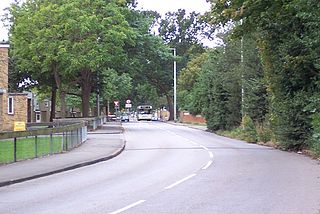
The Army Training Centre (ATC) at Pirbright in Surrey provides Phase 1 military training for elements of the British Army.
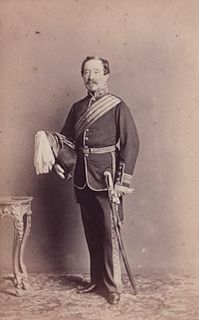
General Freeman Murray CB (1803-1885) was a British Army officer who became General Officer Commanding Eastern District.

Stainton Camp is a military installation at Stainton, County Durham.

The Bank Street drill hall is a former military installation in Brechin, Scotland.
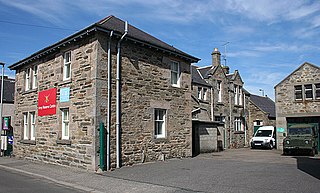
The Union Street drill hall is a military installation in Keith, Scotland.

The Princes Street drill hall is a former military installation in Stirling, Scotland.

The Hencotes drill hall, also known as Dare Wilson Barracks, is a military installation in Hexham, Northumberland.
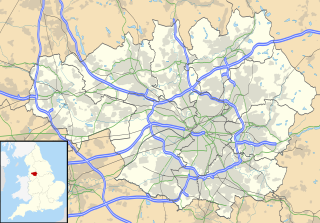
Stockport Armoury is a military installation in Stockport, Greater Manchester, England. It is a Grade II listed building.
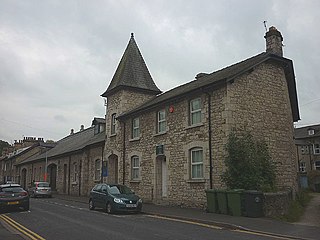
The Queen Katherine Street drill hall, sometimes known as the Aynam Road drill hall is former military installation located in Queen Katherine Street, off Aynam Road, in Kendal, Cumbria.
